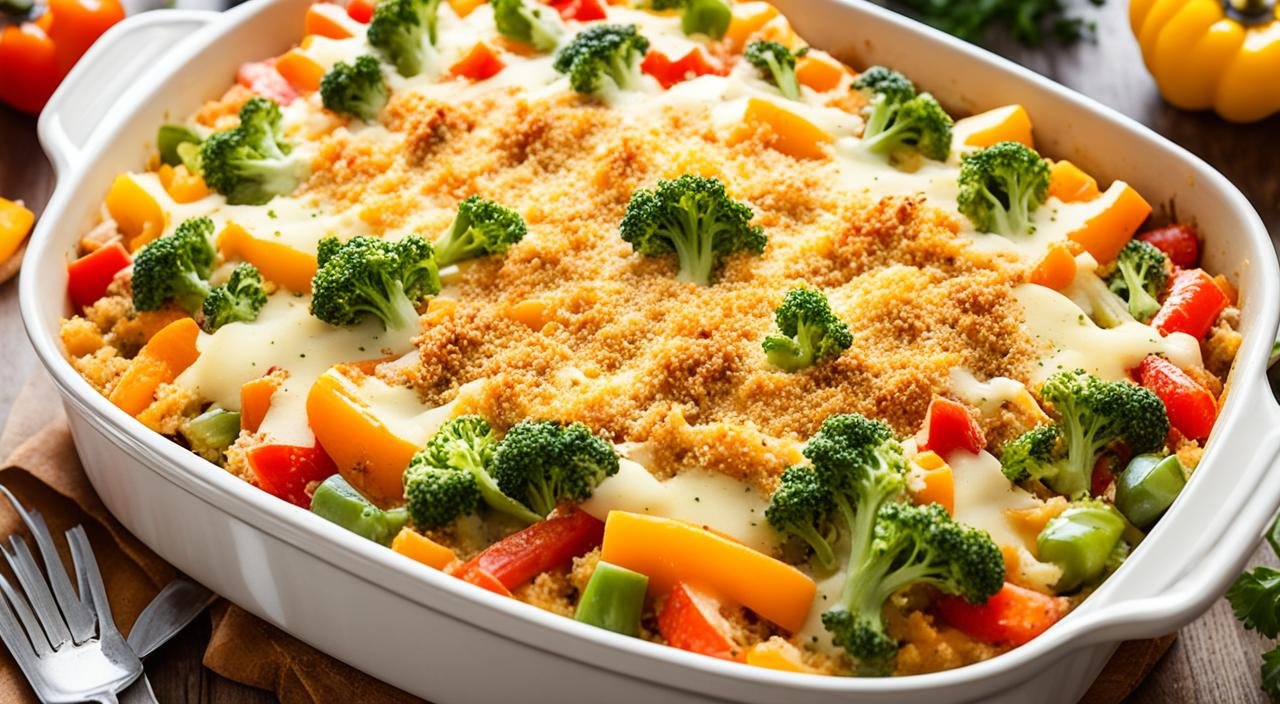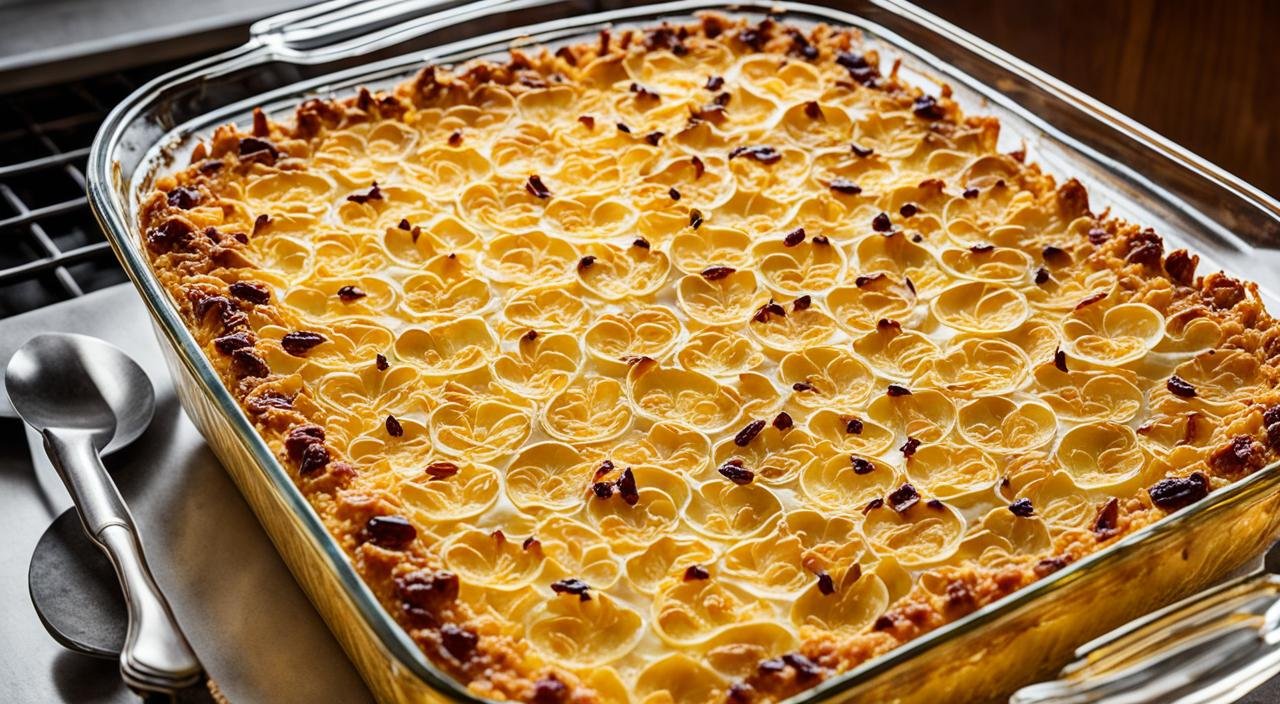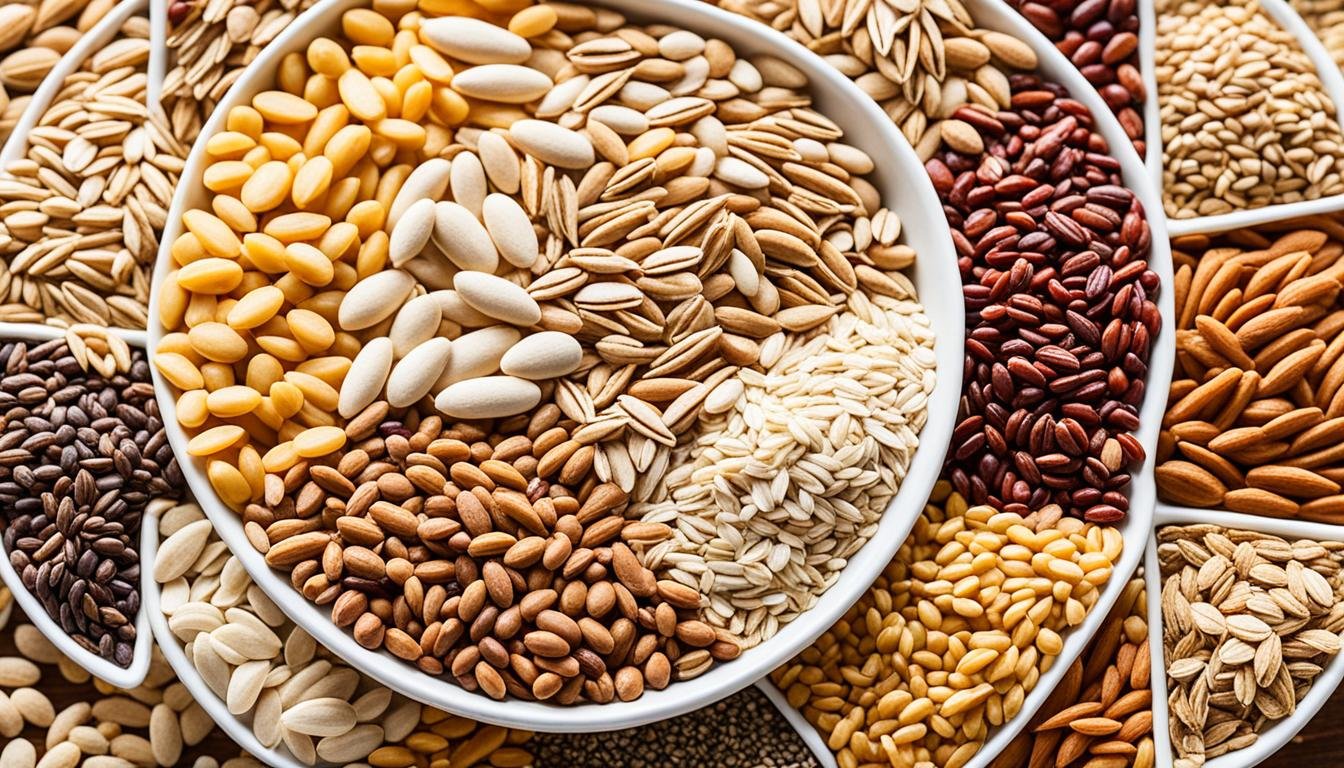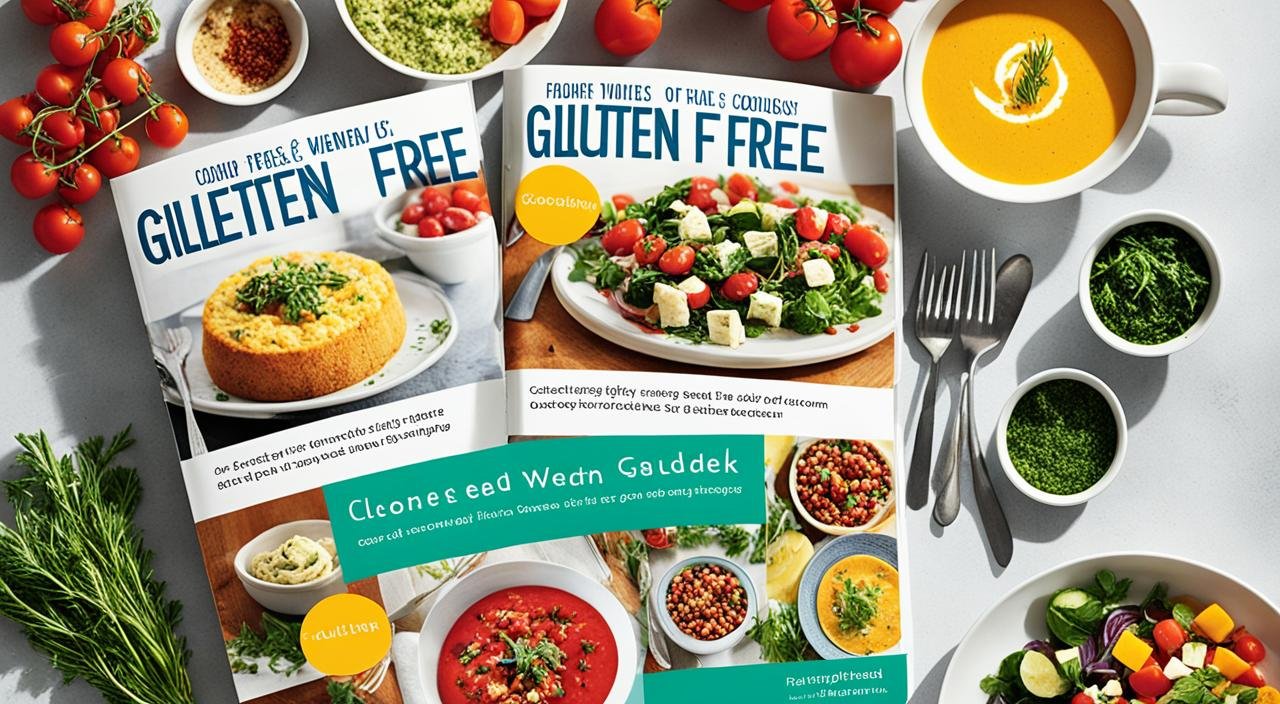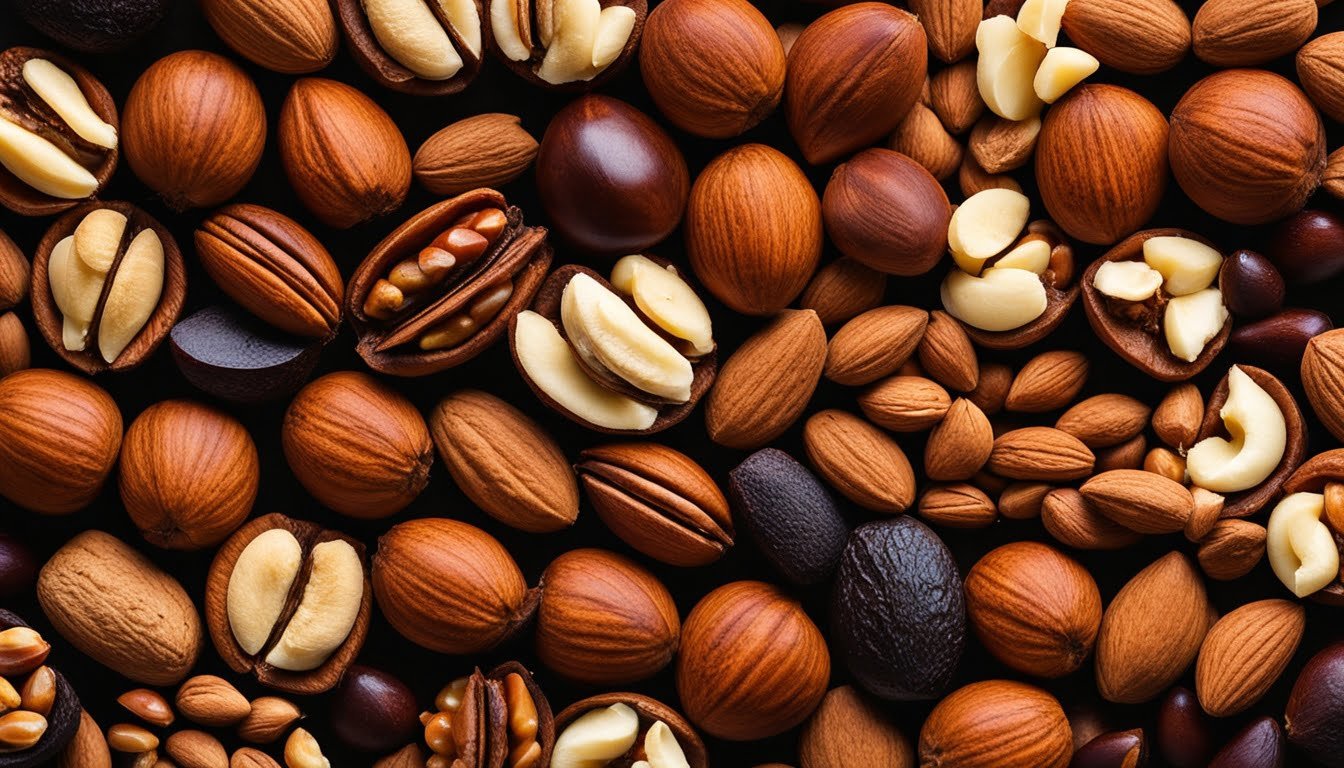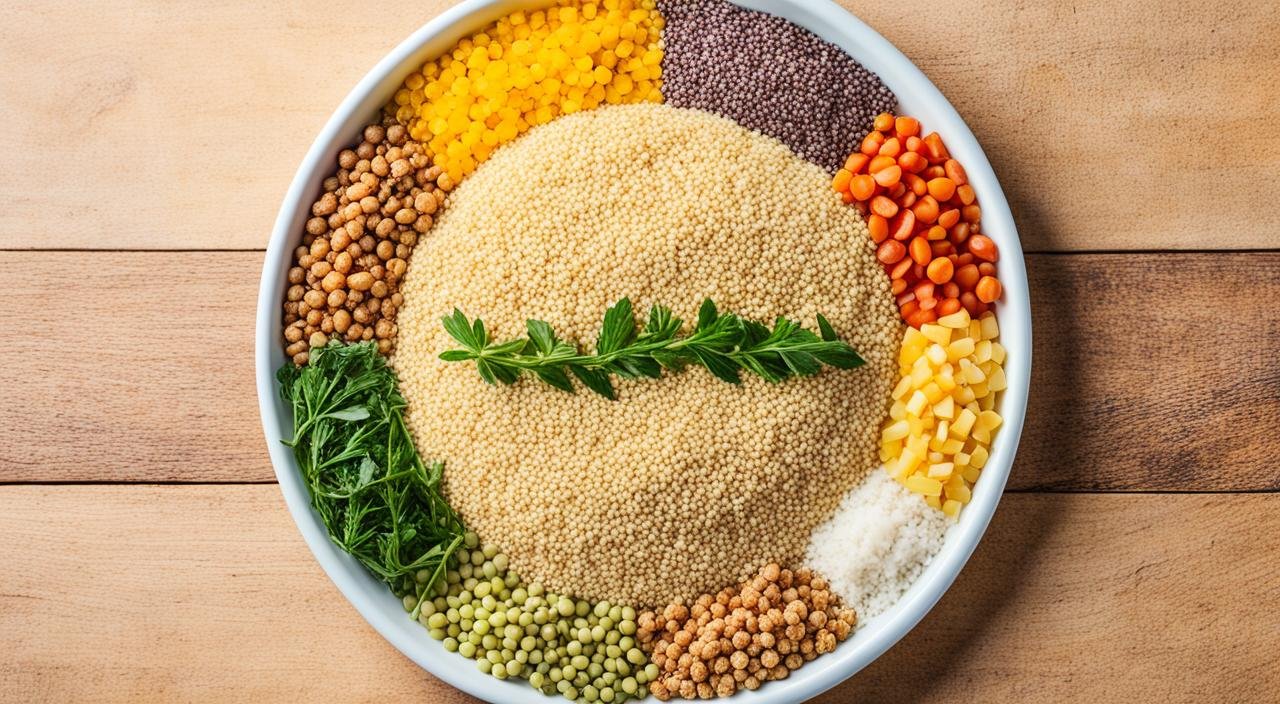List of Tasty Gluten-Free Chicken Casserole Ideas for Dinner that save you $150/month! Easy recipes ready in 60 minutes – even picky eaters ask for seconds.
As the sun sets on a busy weekday, a warm casserole smell fills the kitchen. It calls us to the table for a filling meal. For those with dietary needs, finding tasty gluten-free options can be hard. But don’t worry, we have a great list of gluten-free chicken casserole recipes that everyone will love.
We’ll look at many flavors and ingredients for different diets. From classic cheesy chicken and rice to Southwest-inspired and creamy garlic dishes. These Gluten-Free Chicken Casserole Ideas are perfect for family dinners, meal prep, or just a cozy meal.
Why Gluten-Free Casseroles Matter
Did you know that 1 in 133 Americans has celiac disease? That’s like having one person in every middle school classroom who can’t eat regular bread or pasta. But here’s the kicker – more than 50% of people with celiac disease miss 5 weeks of work or school each year just because they got sick from gluten.
Gluten-free foods can cost up to 139% more than regular foods. That’s like paying $5 for what used to cost $2! Making casseroles at home helps stretch your dollar and keeps your family healthy.
Key Takeaways
- Discover a range of delicious and easy-to-make gluten-free chicken casserole recipes
- Explore diverse flavors and ingredients to cater to different dietary needs and preferences
- Find hearty, comforting, and family-friendly meals that are sure to satisfy
- Learn about the nutritional values and preparation methods of the featured casserole dishes
- Get inspired to incorporate gluten-free cooking into your weekly meal planning

Delicious and Comforting Gluten-Free Chicken Casserole
Enjoy our Easy Gluten-Free Chicken Casserole, a family favorite that’s easy to make. It’s creamy and comforting, packed with nutritious ingredients. This dish is perfect for any meal.
Easy to Make
Our gluten-free chicken casserole is simple to prepare, great for a quick weeknight meal. It only takes 10 minutes to prep and 50 minutes to cook. You’ll have a delicious dinner ready in under an hour.
Family-Friendly Favorite
This casserole is loved by everyone in the family. It serves 6, perfect for a small group or leftovers. You’ll get 4 servings, so everyone gets enough to eat.
Versatile Ingredients
The gluten-free chicken casserole uses many versatile ingredients. These include:
- 1 pound of chicken breast for a big protein boost
- 1 cup of uncooked basmati rice to bind and add carbs
- 2 cups of broccoli for a healthy veggie touch
- Dairy-free cheddar cheese and butter for a creamy feel
- The choice to use leftover rotisserie chicken for ease
You can adjust the casserole to fit your family’s tastes and needs with these ingredients.
This casserole keeps well in the fridge for 5 days or in the freezer for 2 months. It’s a handy meal option. Enjoy the Easy Gluten-Free Chicken Casserole for a Family-Friendly Gluten-Free Recipes that everyone will enjoy.
Smart Shopping Tips for Gluten-Free Casserole Ingredients
Shopping for gluten-free ingredients can feel like solving a puzzle. Here’s how to make it easier:
Read Every Label Like Your Life Depends On It Gluten hides in weird places. It’s in soy sauce, some spice mixes, and even chicken broth. Look for words like “wheat,” “barley,” “rye,” and “malt.” When in doubt, put it back on the shelf.
Best Flour Swaps That Actually Work
- Rice flour works great for thickening sauces
- Almond flour adds protein and tastes nutty
- Tapioca starch makes things stretchy and chewy
- Bob’s Red Mill 1-to-1 flour works just like regular flour
Money-Saving Tricks Buy rice and potatoes in bulk – they’re naturally gluten-free and cheap. Frozen vegetables cost half as much as fresh ones and work perfect in casseroles. Store brands often cost 30% less than name brands.
Keep Things Separate Use different cutting boards for gluten-free foods. Wash your hands after touching regular bread. Even tiny crumbs can make someone with celiac disease sick for days.
Gluten-Free Chicken Casserole Ideas
Chicken casseroles are great for comforting meals. They are perfect for satisfying your taste and feeding your body. Let’s look at three tasty options that will make you happy.
Classic Cheesy Chicken and Rice Casserole
This dish is loved by many. It mixes tender Gluten-Free Cheesy Chicken and Rice Casserole with a creamy sauce. Use gluten-free cheeses like cheddar and mozzarella for a rich taste. Add a fresh salad for a full meal.
Southwest-Style Chicken and Veggie Bake
For a burst of flavor, try our Gluten-Free Southwest Chicken Casserole. It has colorful veggies like bell peppers, corn, and black beans in a zesty sauce. The spices and chicken make it a comforting meal.
Creamy Garlic Chicken Casserole
If you want something rich and comforting, go for the Gluten-Free Creamy Garlic Chicken Casserole. It has a creamy garlic sauce that covers the chicken. Serve it with roasted veggies for a full dinner.
Choosing any of these gluten-free chicken casseroles means you’ll get a tasty, healthy meal. Enjoy the flavors and feel good about the gluten-free ingredients.

Nutritional Benefits of Homemade Gluten-Free Casseroles
Homemade casseroles pack more nutrition than most people think. One serving of chicken casserole gives you about 25 grams of protein – that’s like eating four eggs!
The vegetables add fiber that helps your stomach feel happy. Broccoli has more vitamin C than an orange. Sweet potatoes have enough vitamin A to keep your eyes sharp. Rice gives you energy that lasts for hours, not just 30 minutes like candy does.
Here’s the math that’ll make you smile: A homemade gluten-free casserole costs about $3 per serving. The same amount of frozen gluten-free meals at the store costs $8. That’s $5 saved every time you eat! Over a month, that’s $150 back in your pocket.
Plus, you know exactly what goes into your food. No weird chemicals or ingredients you can’t pronounce.
Common Mistakes to Avoid
The Flour Mix-Up Regular flour and gluten-free flour don’t act the same way. Regular flour gets stretchy when you mix it. Gluten-free flour just gets clumpy. Add liquid slowly and mix gently.
The Contamination Trap Using the same spoon for regular breadcrumbs and gluten-free food is like washing your hands in dirty water. Get separate utensils or wash everything twice.
The Mushy Rice Problem Gluten-free rice and pasta cook faster than you think. They go from perfect to mushy in about 2 minutes. Set a timer and check early.
The Label Skip That chicken broth might have wheat in it. That cheese might have gluten. Even spices can have gluten. Check every single ingredient, even ones you’ve bought before. Companies change recipes all the time.
Meal Prep and Storage Guide
Freezing Like a Pro Cool your casserole completely before freezing. Hot food makes ice crystals that turn everything soggy. Wrap it tight in aluminum foil, then put it in a freezer bag. Write the date on top – frozen casseroles stay good for 3 months.
Reheating Without Ruining Take frozen casseroles out the night before and let them thaw in the fridge. Cover with foil and heat at 350°F for about 30 minutes. Add 5 more minutes if it’s still cold in the middle.
Portion Control Made Easy Make your casserole in a 9×13 pan, then cut it into 8 squares. Each square feeds one hungry person or two light eaters. Wrap individual portions in plastic wrap for grab-and-go lunches.
Week Planning That Works Sunday: Make two different casseroles Monday & Tuesday: Eat casserole #1 Wednesday: Eat something else (pizza night!) Thursday & Friday: Eat casserole #2 Weekend: Make something fresh
This way, nobody gets tired of the same food, and you only cook twice a week.
Smart Storage Tips Glass containers work better than plastic – they don’t stain or hold smells. Label everything with the date and what’s inside. Keep a list on your fridge of what’s in the freezer so nothing gets forgotten and wasted.
These sections will make your post much more helpful and complete while keeping the friendly, easy-to-understand tone that families love.
Conclusion
This guide has given you a list of tasty and simple Gluten-Free Chicken Casserole Recipes for family dinners. You’ll find everything from classic cheesy to Southwest-inspired and creamy garlic casseroles. These recipes suit many diets and tastes. They’re great for a cozy meal on a cold night or for Easy Gluten-Free Meal Prep.
It’s vital to spread the word about how celiac disease affects the brain and feelings. Dr. Stefano Guandalini says people with celiac disease might see things that aren’t there, feel deep sadness, have a lot of worry, or act like they’re autistic. We need to teach others and doctors to spot and help with these issues.
Going gluten-free helps more than just those with celiac disease. People who are gluten sensitive also feel better. Dr. Guandalini’s studies show that even those without celiac disease can have changes in their small intestine from eating gluten. This shows why finding the right diet is key for health.
FAQs
Can I use regular flour instead of gluten-free flour in these recipes?
No, regular flour contains gluten and will make people with celiac disease or gluten sensitivity sick. Stick to gluten-free flour blends like Bob’s Red Mill 1-to-1 or rice flour. They work just as well and taste great.
How long do these casseroles last in the fridge?
Your gluten-free chicken casseroles stay fresh for up to 5 days in the fridge. Keep them covered tight and reheat to 165°F before eating. If it smells funny or looks weird, throw it out.
Can I make these casseroles dairy-free too?
Yes! Swap regular cheese for dairy-free cheese and use coconut milk instead of regular milk. Nutritional yeast adds a cheesy flavor without any dairy. Many people need both gluten-free and dairy-free options.
Why does my gluten-free casserole turn out mushy?
You’re probably overcooking the rice or pasta. Gluten-free grains cook faster than regular ones. Also, don’t add too much liquid – start with less and add more if needed. The casserole should look slightly dry before baking.
Are these recipes safe for someone with celiac disease?
Yes, if you use certified gluten-free ingredients and avoid cross-contamination. Check every label, use clean utensils, and make sure your kitchen surfaces are spotless. Even tiny amounts of gluten can cause problems for people with celiac disease.

